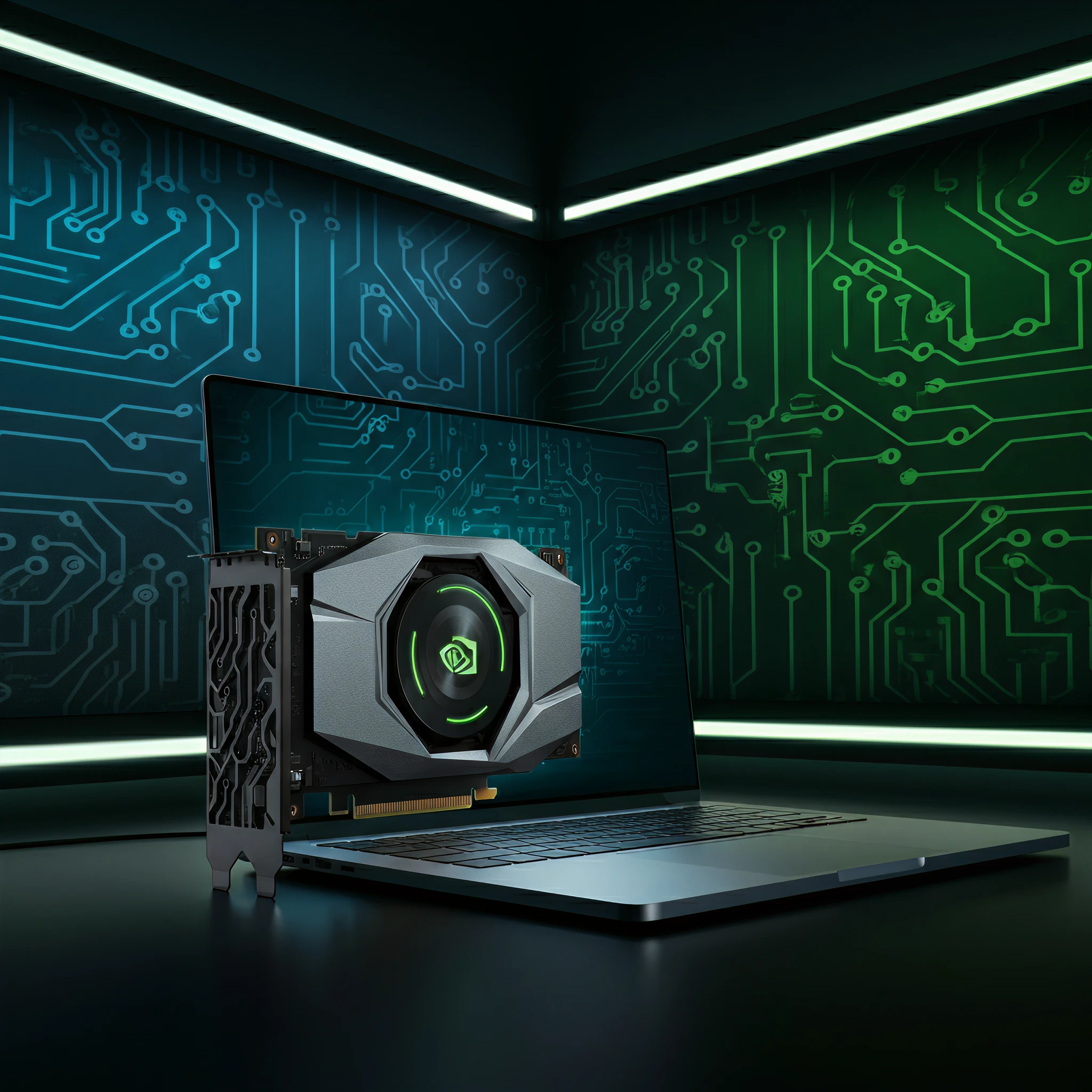When Nvidia rolls out a new generation of GPUs, anticipation runs high among gamers and tech enthusiasts. With the introduction of the RTX 5090 laptop GPU, however, the excitement is tempered by an uncomfortable fact: early benchmarks indicate that it’s up to 50% slower than its desktop counterpart. That raises an important question—is it still worth buying?
This article will unpack the core features and benefits of Nvidia’s new laptop GPU, analyze its performance against its desktop sibling, and help you decide whether this GPU is right for you. We’ll also explore potential alternatives to help maximize your gaming or creative workflow investments.
Performance Comparison: How Big Is the Gap?
Benchmarks reveal a stark performance disparity between the RTX 5090 laptop GPU and its desktop version. For instance:
- Gaming Benchmarks:
- When playing Cyberpunk 2077 at high settings, the desktop RTX 5090 delivers 291 fps, while the laptop version maxes out at just 137 fps, a 53% drop.
- Without Nvidia’s DLSS 4 enabled, games like Dota 2 Reborn are noticeably sluggish, with the laptop GPU hitting underwhelming frame rates that are half of the desktop version.
- Power Limitations:
- The desktop RTX 5090 has a staggering TGP (Total Graphics Power) of 600 watts, compared to the laptop variant’s 150 watts. This lower power envelope significantly limits the GPU’s peak performance capabilities.
- DLSS 4 Boost:
- Nvidia’s DLSS 4 technology does come to the rescue, significantly improving frame rates with AI-generated frames. For example, enabling DLSS in Cyberpunk 2077 can push performance from an unplayable 24 fps to over 250 fps. However, these gains are heavily dependent on game support for DLSS.
Why Such a Big Gap?
The disparity boils down to physical and thermal constraints. Unlike desktops, laptops must prioritize portability and energy efficiency. This necessitates lower power consumption and smaller form factors, which directly limit performance. The result? A GPU that caters to thermal requirements but lacks the raw horsepower of its desktop sibling.
Who Should Buy Nvidia’s Laptop GPUs?
While the performance gap may disappoint hardcore desktop gamers, the RTX 5090 laptop GPU isn’t without its audience. Here’s who stands to benefit:
- On-the-Go Gamers:
If you’re someone who travels frequently but doesn’t want to give up high-quality gaming experiences, the RTX 5090-equipped laptops are a solid choice. Despite its downsides, DLSS 4 ensures a smoother gaming experience on supported titles.
- Creative Professionals:
With an increase in video memory (VRAM) from 16GB to 24GB, the RTX 5090 laptop GPU allows for handling large datasets, like 4K video editing or 3D rendering, making it ideal for content creators.
- Space-Conscious Buyers:
Not everyone has the desk space for a full-sized gaming rig. If portability and space-saving are priorities, a high-end laptop still offers solid performance in a compact package.
Price and Availability
These impressive specs do come at a cost. RTX 5090 laptops, like the Razer Blade 16 and MSI models, start from around $4,500, with premium configurations exceeding $5,000. For comparison, a desktop GPU like the RTX 5090 can be purchased for about one-third of the price of an equivalent laptop.
Comparison of Alternatives:
- RTX 4090 Laptops:
- These are still widely available and cost significantly less than RTX 5090 laptops. However, they lack DLSS 4 and have 8GB less VRAM.
- Mid-Range RTX 50-Series:
- Options like the RTX 5080 or 5070 Ti offer decent performance at much more affordable prices. DLSS 4 compatibility ensures fairly smooth gaming experiences.
- Desktop Setups:
- For those who value performance above all, building a desktop rig with the RTX 5090 remains the more budget-friendly and performance-effective solution.
Future Outlook
Is this performance gap permanent? Many experts believe that laptop GPUs will always lag behind desktops due to thermal and power constraints. However, future advancements in chip fabrication and cooling technology could narrow the gap. Nvidia, for instance, continues to innovate with AI-powered upscaling and energy-efficient designs.
It’s also possible that future gaming laptops will rely more heavily on DLSS-like techniques, breaking traditional limitations by offloading more of the rendering process to AI. This approach could redefine what we expect in portable gaming.
Expert Opinions
Tech reviewers and industry voices are divided on the value of Nvidia’s new lineup. According to Notebookcheck, the laptop RTX 5090’s reliance on DLSS overshadows its lack of raw hardware upgrades. Meanwhile, PCMag notes that the slight gains over its predecessor, coupled with its high price, may make the RTX 5090 laptops a tough sell for all but the most committed enthusiasts.
Is It Worth Buying?
Here’s the bottom line:
- For gamers with deep pockets who value portability and DLSS-supported games, the RTX 5090 laptop GPU is worth considering.
- If your primary focus is maximum performance or value for money, desktop GPUs or mid-range RTX laptop GPUs are smarter choices.
The performance disparity cannot be ignored, but the RTX 5090 laptop GPU’s improved VRAM and DLSS technology offer compelling benefits that make it a viable option in specific scenarios.
Closing Thoughts
Nvidia’s RTX 5090 laptop GPU highlights the eternal trade-offs between power and portability. Its performance may not match its desktop counterpart, but for gamers and professionals on the go, it delivers a reliable, AI-enhanced experience. Ultimately, the choice depends on your priorities and budget.
Looking to make your decision? Explore benchmarks and insights, and weigh your options carefully. And if you’re ready to invest in cutting-edge performance on the go, the RTX 5090 laptop GPU might just be the gaming or professional solution you’ve been waiting for.








